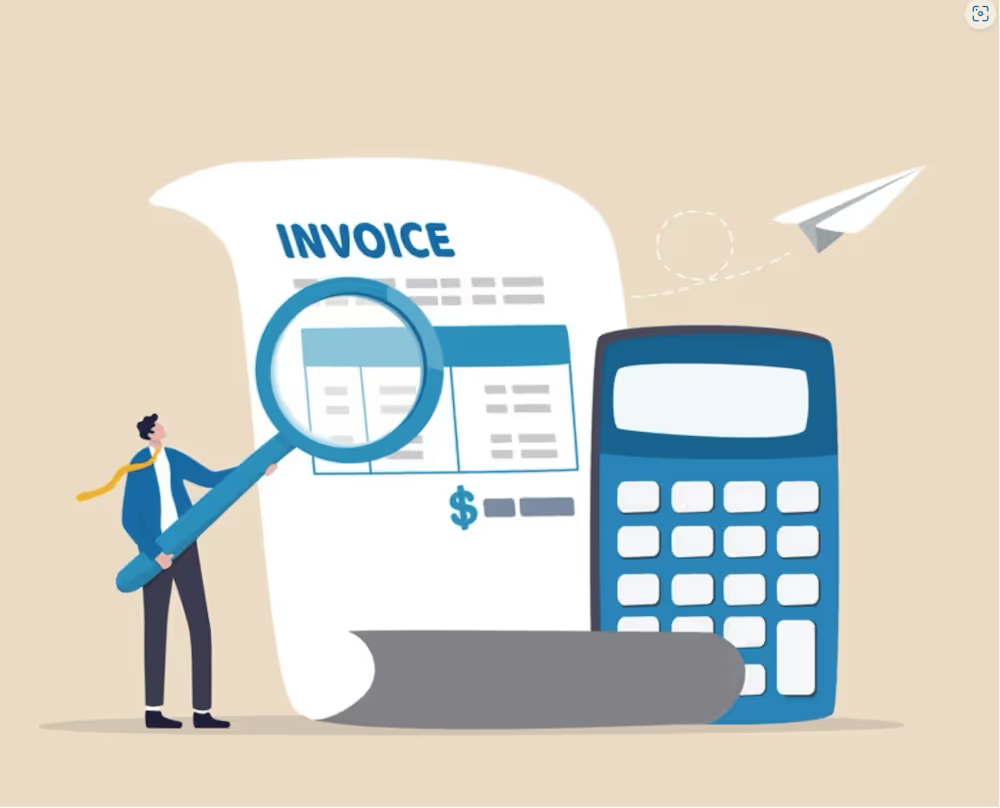Revolutionizing Revenue: How ‘Invoice to Cash’ Innovation Rescues Firms from Billing Woes

.avif)

Invoice to Cash: The Billing Innovation Saving Firms Millions
By Milan Bobde, CEO of Oddr
What You Need to Know
• In 2023, the collection cycles lengthened by 5% — the second consecutive year firms have experienced this trend.
• The strategy of just focusing on raising rates to impact firm profitability is weakening.
• Invoice-to-cash applications put the entire billing and collections cycle under a single pane of glass to gather, disseminate, track and analyze data and make invoice-to-cash processes more efficient and effective.
Collections are Lengthening: Do We Care?
In 2023, the collection cycles lengthened by 5% and, in fact, this was the second consecutive year firms have experienced this trend in collections. 1
Should this trend be treated as a cause for alarm or a mere cost of doing business?
For most firms, it is the latter. In fact, the majority of firms (80%) and industry analysts (including Cit Hildebrandt Client Advisory and Thomson Reuters and Georgetown Law State of the Legal Market) find the business impact of lengthening collections cycles to be so significant that fixing this problem is uniformly cited as a top strategic priority for firms of all sizes in 2024.
Here's why this is so significant for law firms. For starters, collection cycle length correlates directly with write-offs: as the collection duration increases, the greater likelihood a write-off will occur and at a greater rate. That is because, as the length of the collection delay increases, firms main go-to resource to accelerate payment is to offer the client a write-off in return for speedier payment; 80+% of something now is better than 100% of nothing goes the logic.
This means that, through the well-used mechanism of write offs, there is a direct equation connecting the length of the collection cycle to realization. And here’s what keeps CFOs, managing and equity partners awake at night: a mere 0.1% improvement in realization in a 100-attorney firm can result in $900,000 in additional collections 2. This is significant revenue –but quickly becomes even more significant as it multiplies exponentially with the number of attorneys.
These quick calculations shine a light on the weakening strategy of just focusing on raising rates to impact firm profitability—which has been the case for most of the past decade. In fact, when applying the classic RULES framework for professional services firms — which stands for Rates, Utilization, Leverage, Expenses, and Speed of billing — it is rates, and more broadly their impact on driving revenue, which has been the most highly functional lever for law firms to positively influence their profit outlook.
But more and more, firms are understanding that it’s the firm’s ability to convert its agreed rates through billing and collections to collection realization that really counts. So why is it such a challenge for firms to solve it?
The Problem with Law Firm Billing and Collections
Law firms face tremendous challenges efficiently managing the bill-to-collections lifecycle. It’s a process mired in manual effort, driven by multiple, single point technology solutions that were built to solve only incremental pieces of this lifecycle.
These point solutions are often inconsistent and disaggregated, which causes significant disruption of the billing or collections lifecycle, rather than facilitating or accelerating. In fact, if the law firm does not use integrated tools, data flows, workflow execution, or reporting, the overall process is typically far from optimized and efficient. This means that the technology spend is often wasted, with low ROI.
To wit, preparing bills is simply painful for firms. Typically generating multiple bill formats (print, PDF and electronic), firms rely heavily on the manual efforts of diligent internal staff. These teams work hard, and have critical knowledge and understanding, but the overall process can be inefficient.
It doesn’t get better at bill delivery. With most firms relying on paper and PDF bills, delivery is a cumbersome, manual, email-driven exercise — with no visibility of what’s happening on the client side. It’s a proverbial black box where billing professionals have no insights or information as to whether the bill was even received or viewed by the client—the only option is to wait.
And wait, they do – which is how we get to collection cycles lengthening. Waiting for clients to pay, or even acknowledge bill receipt, is possibly everyone’s favorite part of the entire process. To manage it, firms rely on manual tracking, review, escalation and follow up from finance staff--and those reminder emails could be clients’ least favorite part of the relationship as well.
Until, finally, there’s reconciliations. Clients sending paper checks or un-labeled direct electronic transfers creates more overhead for finance teams responsible for tracking collections in the firm financial management system, and firm management asking for real-time updates on cash flow doesn’t help stress levels.
A Potential Solution: Invoice to Cash
Integrated invoice-to-cash applications are a well-established technology and Gartner Magic Quadrant for non-legal verticals. Gartner defines the invoice-to-cash applications market as cloud-based applications that “enable corporate controllers to automatically manage collections and apply customer payments to invoices.”
What Invoice-to-cash applications solved is to put the entire billing and collections cycle under a single pane of glass to typically gather, disseminate, track and analyze data from and to internal and external sources and make invoice-to-cash processes “more efficient and effective, including managing and monitoring deductions, disputes and credit risk. They also typically can ensure invoices are delivered to customers and that customers have options to pay them.” 3
In a law firm, this would mean providing lawyers and operational leaders with reports and data on key metrics, including billing and collections activity, status, forecasts, and more. It would enable firms to report in near real time on key metrics, and even develop benchmarks and standards to manage escalations, and/or identify areas for policy and process improvement, all while eliminating all AR leakages through deep automation and predictive insights.
Conclusion
Firms are writing off $100B in revenue every year across 120 million invoices processed at the top 1000 firms. The business case couldn’t be clearer as to why firms across the board are prioritizing modernizing the billing and collections cycle in 2024. As the pace of business accelerates, law firm billing and collections need to catch up to other verticals. When was the last time an organization (outside of legal) did an activity this frequently with this much at stake and had zero learnings from it? It’s simply a position firms cannot afford to keep moving forward.
Read the article on ALM Law.com LJN Website
1. Citi Hildebrandt 2024 Client Advisory
2. 2023 Thomson Reuters Law Firm Rates Report
3. https://www.gartner.com/reviews/market/integrated-invoice-to-cash-applications



.svg)


